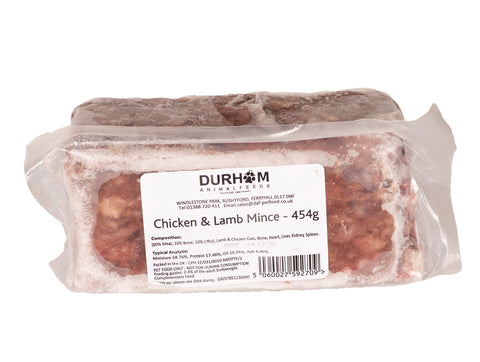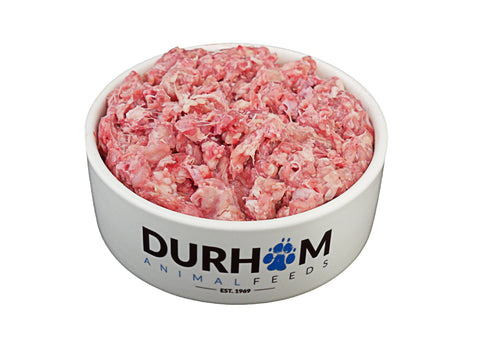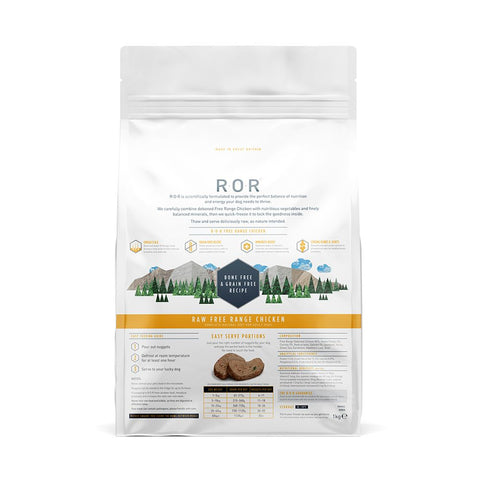Western Hognose Care Sheet

Western Hognose
(Heterodon nasicus)
The Western hognose snake species, Heterodon nasicus (which is the most common species found in the pet trade), inhabits the central United States however subspecies are found ranging the US right through from Canada to Mexico, and also in Southern America. There is also a large species of hognose endemic to Madagascar. Hognoses get their common name from the upturned scale on their ‘nose’, and this scale enables the snake to dig and find prey such as frogs, toads and rodents buried in the ground.Hognose snakes produce a mild venom that is usually harmless to humans, however there are a few reports of reactions and painful swellings after being bitten. Hognose fangs are situated in the rear of their mouth and a snake would have to pretty much chew on your finger to actually envenomate. When threatened, hognose snakes will flatten their necks and hiss, similar to a cobra, and will even lunge towards you whilst hissing sometimes. This is usually all bluff though, and instead of biting the snake is usually just trying to ‘headbutt’ you to scare you away.The most unusual defense mechanism is when hognose snakes will flip upside down and play dead, they will display this behaviour as a last resort when hissing and acting aggressive isn’t working.Hognose snakes are sexually mature within three years and adults rarely grow over 32 inches.Gravid females will lay 10-20 eggs that hatch within two months.Hognose snakes are active snakes and are usually out and about, however they do appreciate some type of hiding place.With proper care you can expect your hognose snake to live 10-20 years or more.
Temperature
Hognose snakes need to ideally be maintained between 85-92f during the day. These snakes appreciate warmer temperatures, so aim for 90-92f in the hot spot, with temperatures at the opposite, cooler end of the enclosure being 60-70f. It is important to provide your snake these warm and cool areas in it’s enclosure so it can regulate it’s body temperature as it wishes. Night-time temperatures should range between 68-75 degrees.If you keep your snake at incorrect temperatures a variety of health problems can arise, from regurgitating a recently eaten meal to respiratory disease etc. Ensure the daytime temperatures are maintained by using a heatmat, ceramic heater or basking spot bulb. All heat sources should always be controlled by a suitable thermostat and guarded appropriately to prevent injury to your pet.
Housing
Hognose snakes can be housed comfortably in a 60 x 45 x 45cm vivarium as adults due to their small adult size.Ideally the larger the snake the more room you will need to provide.Never place a cage near a window where sunlight can directly shine on your enclosure, or anywhere drafty.Enclosures placed in direct sunlight can easily overheat and ultimately lead to the death of your snake.
Bedding
We recommend using reptile carpet, tortoise life (this is of course made for tortoises and is a sandy soil type mixture, however it is similar to the terrain a hognose will be found on in the wild), or aspen shavings.A deep layer is recommended to allow your snake to burrow and hide if it chooses to do so. If using reptile carpet, you will of course need to provide a hide at both the warm and the cool end of the enclosure for your snake to hide. If using any particulate substrate, it is highly recommended to feed your snake in a separate enclosure out of the vivarium lined with newspaper or kitchen roll. This eliminates the risk of your snake swallowing its substrate and becoming impacted.
Food
Hognose snakes feed on pinkie and fuzzy mice as babies and juveniles.As your snake grows it will soon move up to adult mice.Baby hognose snakes can be difficult eaters, however if you obtain one already eaten thawed pinkies you should not have any problems. If you are having these problems with your baby hognose snake let us know and we’ll do our best to help.We recommend that you feed baby and juvenile hognose snakes once every 5-7 days.Adult hognose snakes can be fed once every 7-10 days to maintain proper body weight.Like most snakes, hognose snakes typically will not eat when they are preparing to shed.After your snake has shed you can return to your normal feeding regiment.If your snake doesn’t eat make sure you remove the rodent from the cage.Never feed your snake live rodents, as when hungry or frightened, they can bite and injure your snake. There are many reports of snakes suffering horrendous injuries and practically being eaten alive by rodents left in their vivariums, and deaths are unfortunately regularly heard of too. Be safe and always feed frozen thawed!
Cleaning and Handling
The vivarium should be cleaned as necessary. Any fecal matter should be cleaned out several times a week. The bedding should be completely changed at least once a month and fresh clean water should be provided at all times.The inside of the vivarium can be cleaned out with an appropriate dye and perfume free reptile cage cleaner.Hognose snakes can be handled on a daily basis and always wash your hands before and after handling them. Of course if your snake has recently eaten, do not handle for 24-48 hours to allow your snake to digest it’s meal and avoid the risk of regurgitation.










